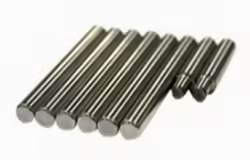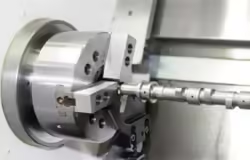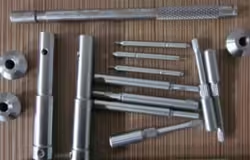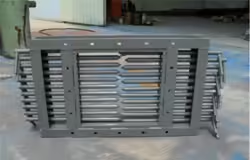
Best Practices for Quality Control in Rebar Fabrication
Introduction
Rebar fabrication plays a crucial role in the construction industry, ensuring that structures are reinforced effectively to withstand various loads and stresses. Quality control in rebar fabrication is essential for the durability and safety of concrete structures. This article will explore the best practices for quality control in rebar fabrication, providing insights into the processes, standards, and tools that can enhance quality and efficiency.
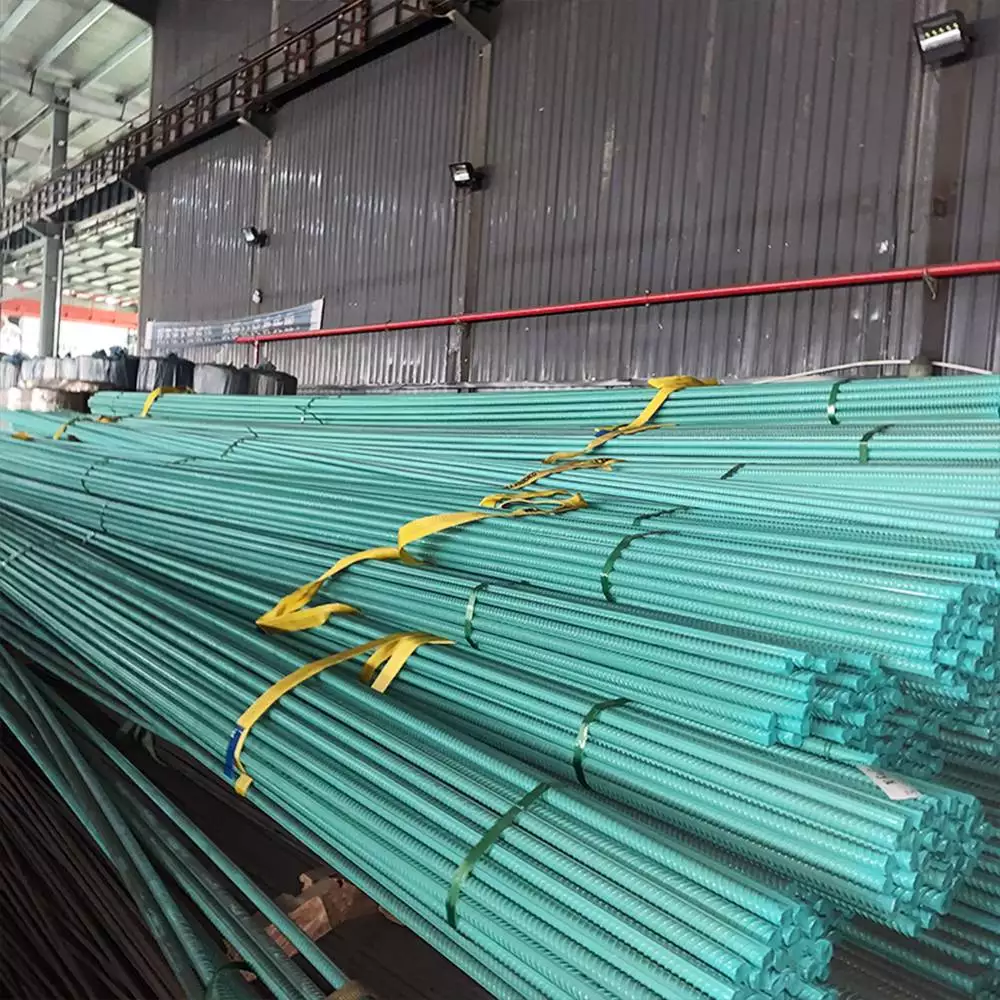
Understanding Rebar Fabrication
Rebar fabrication involves several processes, including cutting, bending, and assembling steel bars used to reinforce concrete structures. The quality of these processes significantly impacts the overall performance of the concrete. Proper quality control ensures that rebar meets the required specifications and standards, minimizing the risk of structural failure.
Key Components of Rebar Fabrication
Cutting: This involves cutting steel bars to specified lengths.
Bending: Steel bars are bent into required shapes to fit design specifications.
Assembling: Different pieces of rebar are tied together to form a rebar cage, which will be placed in concrete.
Importance of Quality Control
Quality control in rebar fabrication is vital for several reasons:
- Safety: Ensures the structural integrity of buildings and infrastructure.
- Compliance: Adheres to industry standards and regulations.
- Cost Efficiency: Reduces waste and prevents costly repairs or rework.
Best Practices for Quality Control

Establish Clear Standards and Specifications
Setting clear standards for rebar fabrication is the first step in ensuring quality. This includes specifying dimensions, tolerances, and material properties. Standards such as ASTM A615 and A706 provide guidelines that should be followed rigorously.
| Standard | Description | Application |
|---|---|---|
| ASTM A615 | Standard Specification for Deformed and Plain Billet-Steel Bars for Concrete Reinforcement | Commonly used for most rebar applications |
| ASTM A706 | Standard Specification for Low-Alloy Steel Deformed Bars for Concrete Reinforcement | Used for seismic-resistant structures |
Implement Training Programs
Employees involved in rebar fabrication should receive proper training on equipment operation, safety protocols, and quality control measures. Continuous education helps maintain high standards and reduces errors.
Utilize Advanced Technology
Incorporating technology in rebar fabrication can enhance quality control. Tools such as CNC machines for cutting and bending, and software for project management and tracking, help in minimizing human error and increasing precision.
Conduct Regular Inspections
Regular inspections throughout the fabrication process are essential for maintaining quality. Inspections should include:
- Material Quality Checks: Ensure that the raw materials meet the required specifications.
- Process Audits: Evaluate each stage of fabrication to identify any deviations from standards.
Maintain Equipment Properly
Well-maintained equipment is crucial for quality control in rebar fabrication. Regular maintenance schedules should be established, and equipment should be calibrated frequently to ensure accurate operation.
| Maintenance Task | Frequency | Responsible Party |
|---|---|---|
| Calibration of Cutting Machines | Monthly | Maintenance Team |
| Inspection of Bending Machines | Quarterly | Quality Control Team |
| Cleaning of Equipment | Weekly | Operators |
Document and Analyze Data
Keeping accurate records of fabrication processes, inspections, and any deviations is essential for quality control. Analyzing this data can help identify trends and areas for improvement.
Engage in Continuous Improvement
Quality control should be an ongoing process. Engaging in continuous improvement practices, such as the Plan-Do-Check-Act (PDCA) cycle, allows for regular assessment and enhancement of quality control measures.
Conclusion
Quality control in rebar fabrication is vital for the safety and longevity of concrete structures. By implementing best practices such as establishing clear standards, utilizing technology, and maintaining equipment, fabricators can ensure high-quality outcomes. The continuous commitment to quality not only enhances structural integrity but also contributes to the overall efficiency and reputation of the construction industry.
FAQ
What is rebar fabrication?
Rebar manufacturing refers to the process of cutting, bending, and assembling steel reinforcement bars used in concrete structures.
Why is quality control important in rebar fabrication?
Quality control ensures the safety, compliance, and cost-efficiency of concrete structures by maintaining high standards in the fabrication process.
What are common standards for rebar fabrication?
Common standards include ASTM A615 and ASTM A706, which provide guidelines for material properties and specifications.
How can technology improve rebar fabrication quality?
Technology can enhance precision, reduce human error, and streamline processes through the use of advanced machinery and project management software.
What should be included in a quality control plan for rebar fabrication?
A quality control plan should include standards and specifications, inspection procedures, training programs, and maintenance schedules.
By following these best practices for quality control in rebar fabrication, fabricators can significantly improve the quality and reliability of their products, ensuring that they contribute to safe and durable construction.

